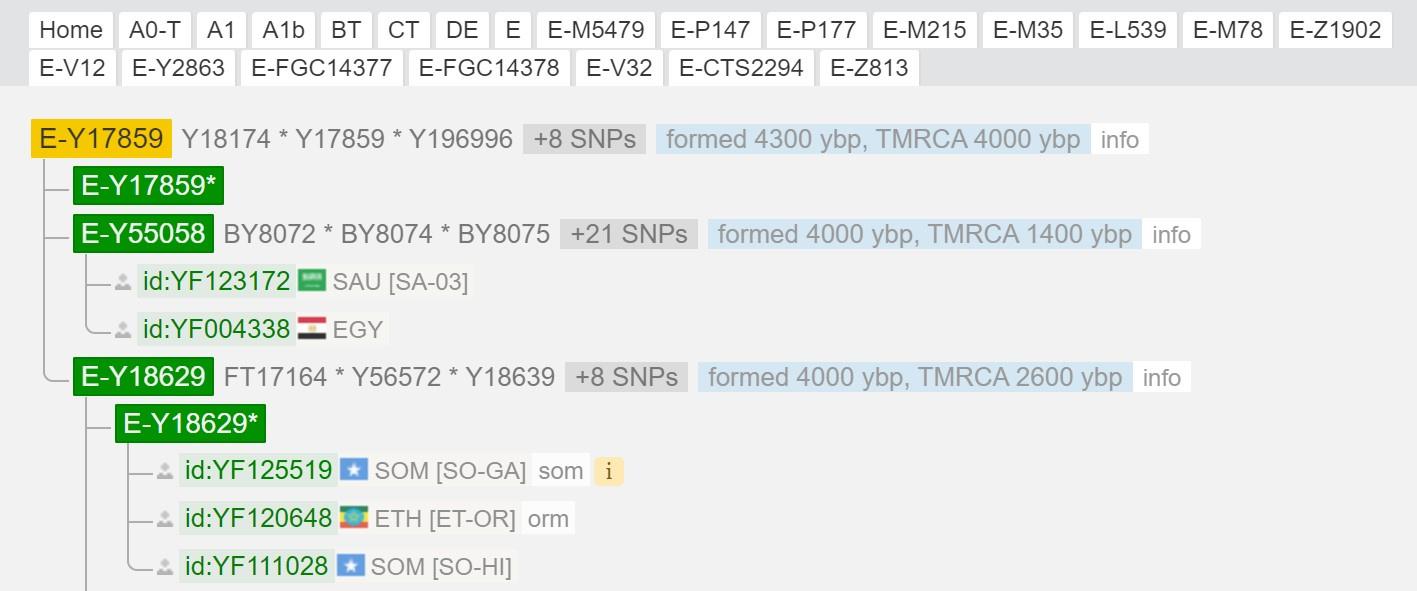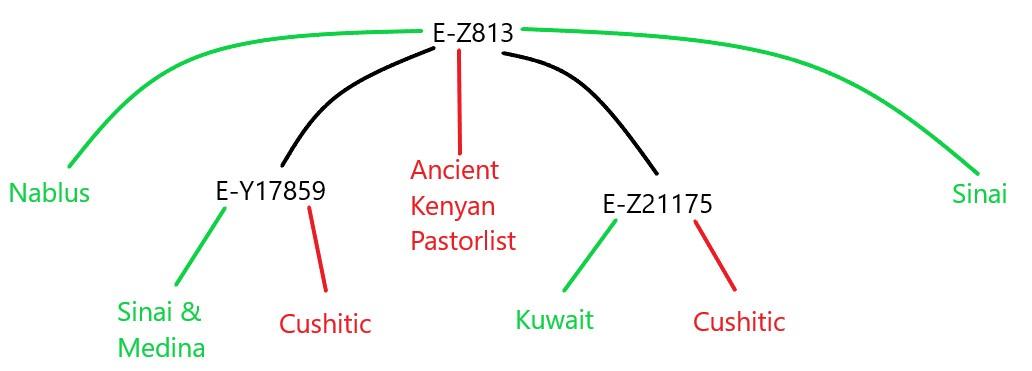The alchemist
VIP
That is what I thought. I think this guy is Ababda or some type of Beja. He could even be an ethnic Egyptian with a Beja background that he might have forgotten (probably not since the dialect he set with the Bedawi designation points to northern Beja). Either way, the strongest speculation is that he is Ababda descended.
@Reformed J this is exciting.
I am glad that the Cushitic brethren still keep a presence in the region they come from.
A lot of the Qena Arabs are in fact of Beja background since Ababda speak Arabic today and many of them, if not the majority, consider themselves Arab first but they are of Beja origin, though they do have some admixture it seems.
"The Egyptian Beja are divided into two tribes—the ʿAbābdah and the Bishārīn. The ʿAbābdah occupy the Eastern Desert south of a line between Qinā and Al-Ghardaqah; there are also several groups settled along the Nile between Aswān and Qinā."
Last edited:




